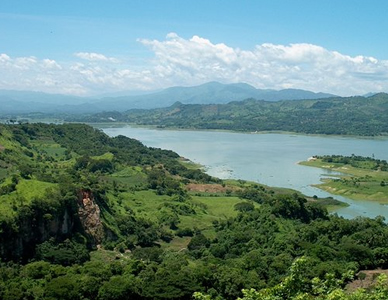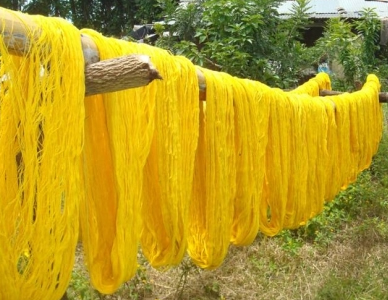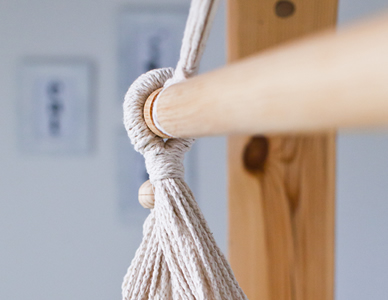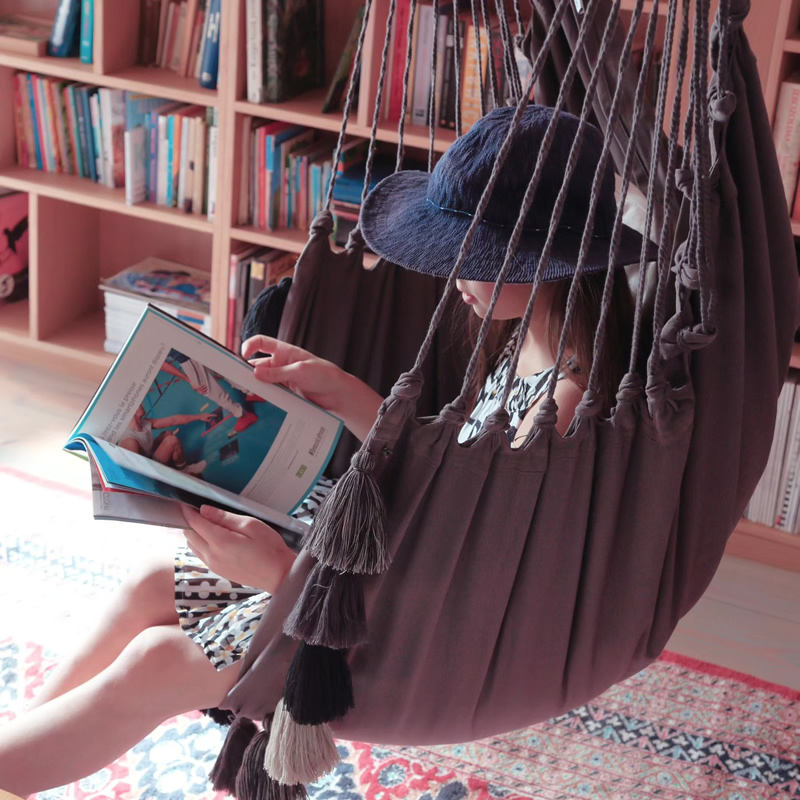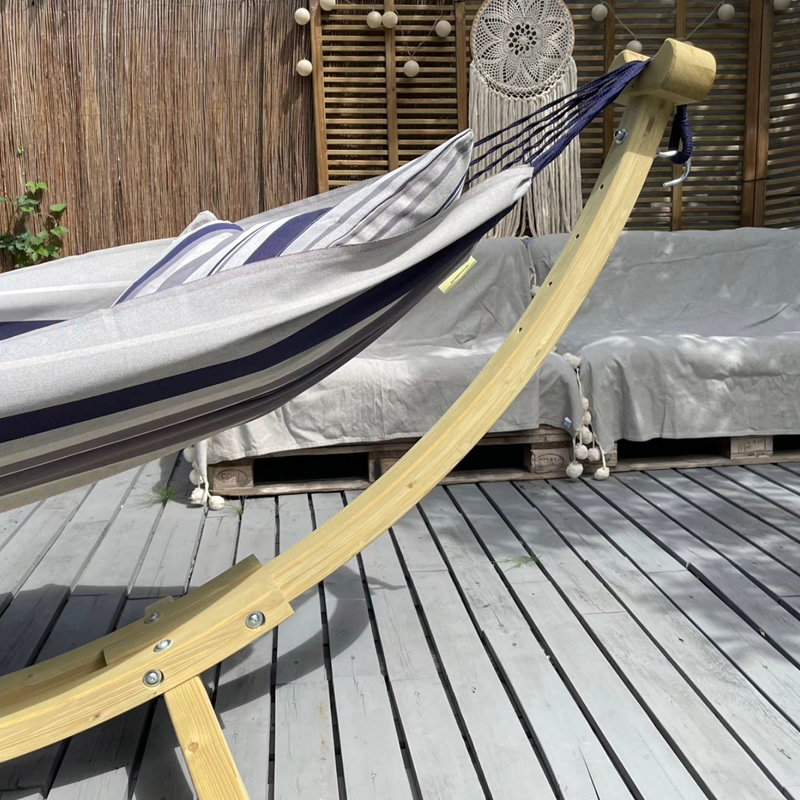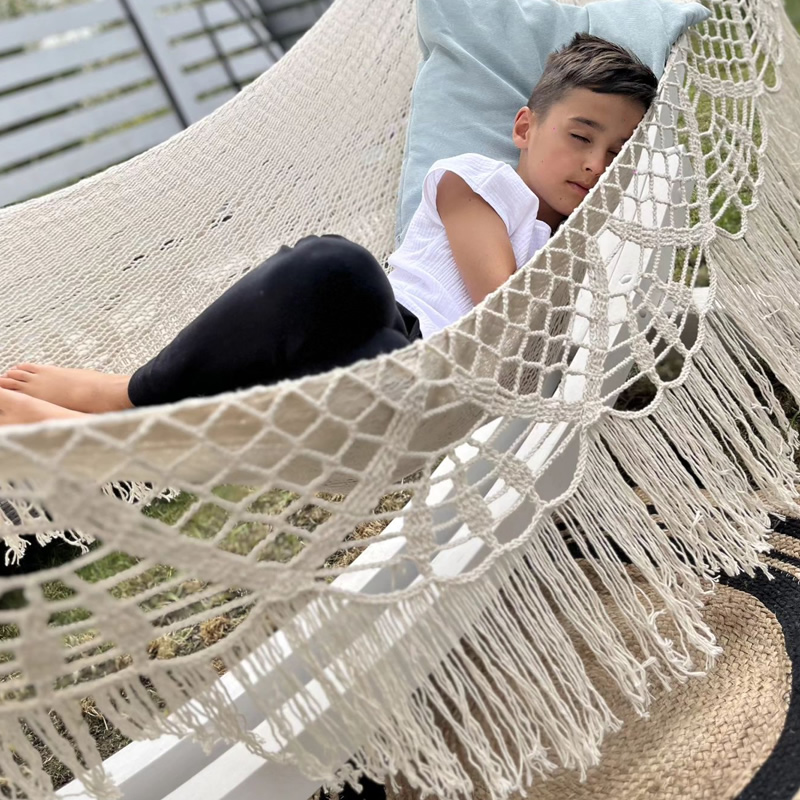The beginnings
Traditions associated with the production of Koala hammocks date back to 1974. Central American craftsmen who worked at that time knew the process of production very well but lacked the knowledge of quality control. They did not know what size and weight were standard. It was also hard for them to get the raw material of good quality at reasonable prices. As they worked individually, it seemed almost impossible to carry out large orders. Their own financial resources were too scarce to buy materials.
Besides, they did not have indispensable organisational skills which could enable them to create an association manufacturing hammocks. Moreover, they lacked the relevant information about their customers. They did not know who to target their products at and how to regulate the sales process.




